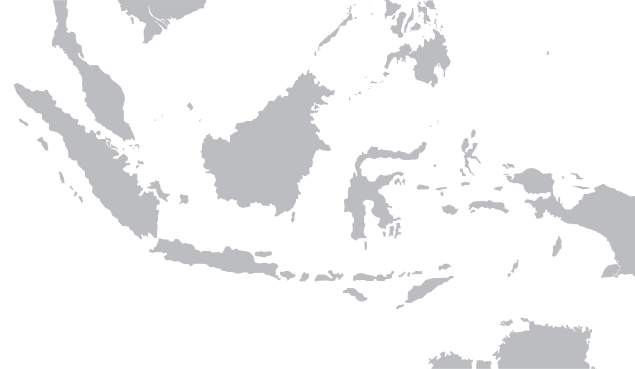When in Bali, try Arak Bali, the local traditional liquor (besides the usual international brands). Arak Bali is distilled from fermented coconut flower sap. Alcohol content ranges from 20% to a potent 50%.
There are three types of traditional alcoholic beverages in Bali - Tuak, Brem, and Arak.
Note: This video is made in Kelantan, Malaysia but it is the clearest video I can find on how Tuak is made.
Tuak is made by fermentation of coconut palm flower sap. Alcohol content is up to 10% but often just 5%. Brem is similar to Tuak in strength but made by yeast fermentation of glutinous rice. (In Johor, Tuak is known as Toddy.)
Arak is made by distillation of fermented coconut palm flower sap (i.e. Tuak). Alcohol content is 15% to up to 50%. Arak, a clear liquor, is drank neat or as a cocktail. Popular concoctions are Arak Madu (with honey) and Arak Attack (with Sprite and lemon).
Tuak and Brem are like wines whereas Arak is a distilled liquor. Tuak and Brem have Austronesian roots i.e. they appeared probably more than 3,000 years ago with the original settlers of Bali (migrating from south China, through Taiwan and the Philippines). Arak is much more recent.
Distilled alcoholic beverages first appeared in China during the Jin dynasty (1115 - 1234) in the twelfth century. The Jin dynasty was founded by Jurchen (east Manchurians), the first nomadic people to rule part of China.
The Mongolians were the second nomadic people to rule China under the Yuan dynasty (1271 - 1368). Airaq or fermented mare's milk is the national drink of Mongolia. The distilled version of Airaq is known as Arkhi.
The use of Arak in Indonesia is mentioned in Nagarakretagama written in the fourteenth century. How and when did the technology of distillation and distilled beverages arrived in Indonesia?
I mentioned Mongolian Airaq - did the Mongols have something to do with it?
 |
| Primitive distillery |
No one is sure when did distillation technology and distilled beverages arrived in Indonesia.
Jiří Jákl in his book Alcohol in Early Java: Its Social and Cultural Significance suggested that it is "quite plausible" that it was the Mongol invasion that brought Arak and distillation technology to Java. Arak was used in religious rites, as medicine and enjoyed as a social beverage since the Majapahit era (1293 - 1527).
How did Arak ended up only in Bali in Indonesia?
Next time you enjoy an Arak Madu or Arak Attack, consider its fascinating history. It is ironic that Arak is a Mongolian legacy, a reminder of how Javanese defied and prevailed over the mighty Khan over 700 years ago. It is also a reminder of the rise and fall of the great Majapahit empire, the grandest of all ancient empires of Indonesia.












No comments:
Post a Comment
All comments submitted with genuine identities are published